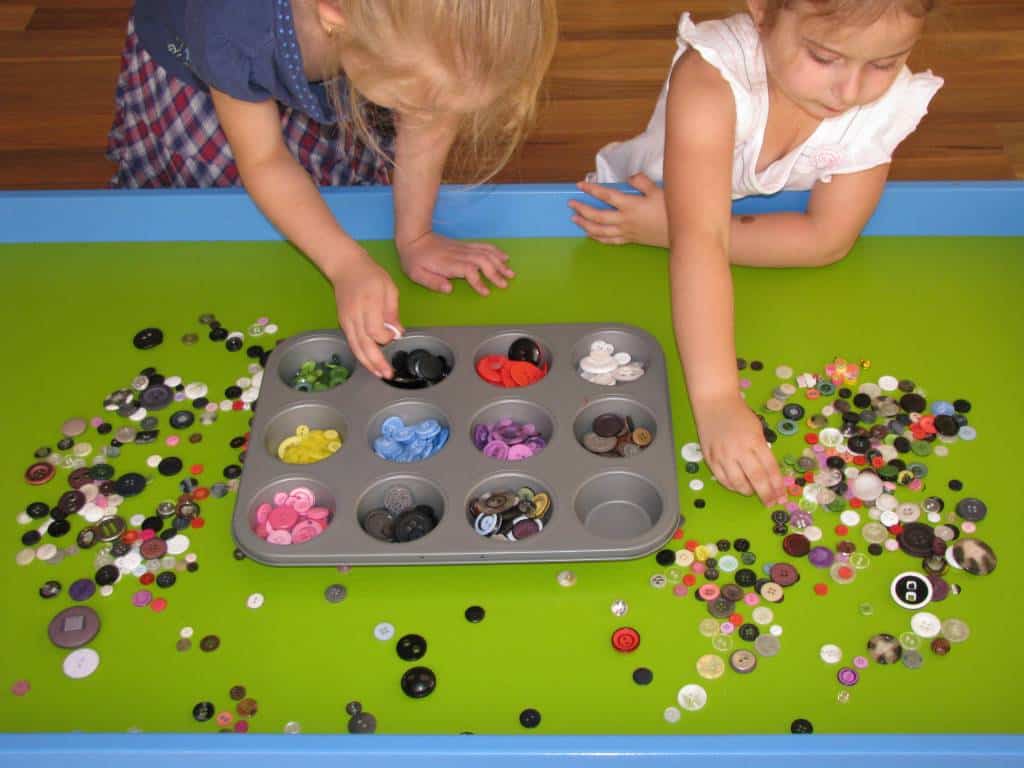
How to Incorporate Math into Imaginative Play
Share
Next time your child is playing, think of ways to incorporate math into the conversation. Many adults think that they were ‘terrible’ at math and that they ‘never use Algebra’ in real life. Neither is actually true. Most adults use Algebra every day and it can absolutely be introduced to your child without either of you breaking out in a cold sweat.
Start early and simply. When they are helping you in the kitchen, ask them to guess how many slices of bread are in a full loaf. And then see if they can figure out how many PB&J’s could be made from that same loaf. Don’t call it 4th Grade Division; call it normal conversation.
Is your daughter dreaming of becoming a professional athlete? Measure her stride. When she is running and playing, ask her to guess how many strides she needs to get from the porch to the fence, from the car to the playground. Ask if the number will be more or fewer when she is running vs walking. Ask her whether she thinks your stride is longer or shorter than hers. And how many strides you will need to cover the same distance?

Photo credit: The Community Classroom
Young children have no real concept of number values. If your child has ever answered “a trillion million hundred” when you asked a question, you understand that truth. That concept grows as the exposure and education evolves. You can be a part of that evolution.
Your children are playing dress up? Great! You can introduce the value of money to them far earlier than the ‘Allowance: Pros and Cons’ debate begins. Simply ask them, “If you could buy this 1 pair of shoes, or these 3 hats, which would you buy? And why?”
Or “If it takes 3 1⁄2 yards of fabric to make this dress, how many yards do you need to make 15 dresses? How many buttons would you need? How big is a yard of fabric anyway? How wide is that button?” You get the idea.
There are an infinite number of opportunities every day. How many stop lights are there between home and Grandma’s house? How many turns do we make between Grandma’s house and the park? How many chin-ups can you do in a minute once you get to the park? Does it take longer to skip than to run? How long would it take to do 100 jumps with a jump rope? How many days until you go back to school? If we pass 2 fire stations on the way to school and each station has 3 fire trucks, then how many fire trucks are there on the route? How many people does it take to drive those trucks?

Photo Credit: Community Playthings
While many of these questions are no-brainers for adults, if you’ve never asked those questions, it is probable that your child has never given them any thought. And why should they? Will counting fire trucks help them get into college? No. But will it help if they are insightful thinkers and engaged observers of their world? Most certainly.
Math should never be thought of as school-work-only. Instill a healthy appreciation of the thought process whenever you can. After all, you know very well that you’re using Algebra when you’re deciding how many of those sweaters you can have if you get the sleek red slingbacks too.....
Mimi Alexander lives in Western North Carolina where she raised two inquisitive sons. Her own Math education was always a great counterpoint to her creative interests. She teaches, sews, creates (and calculates) in her small cabin in the woods.
